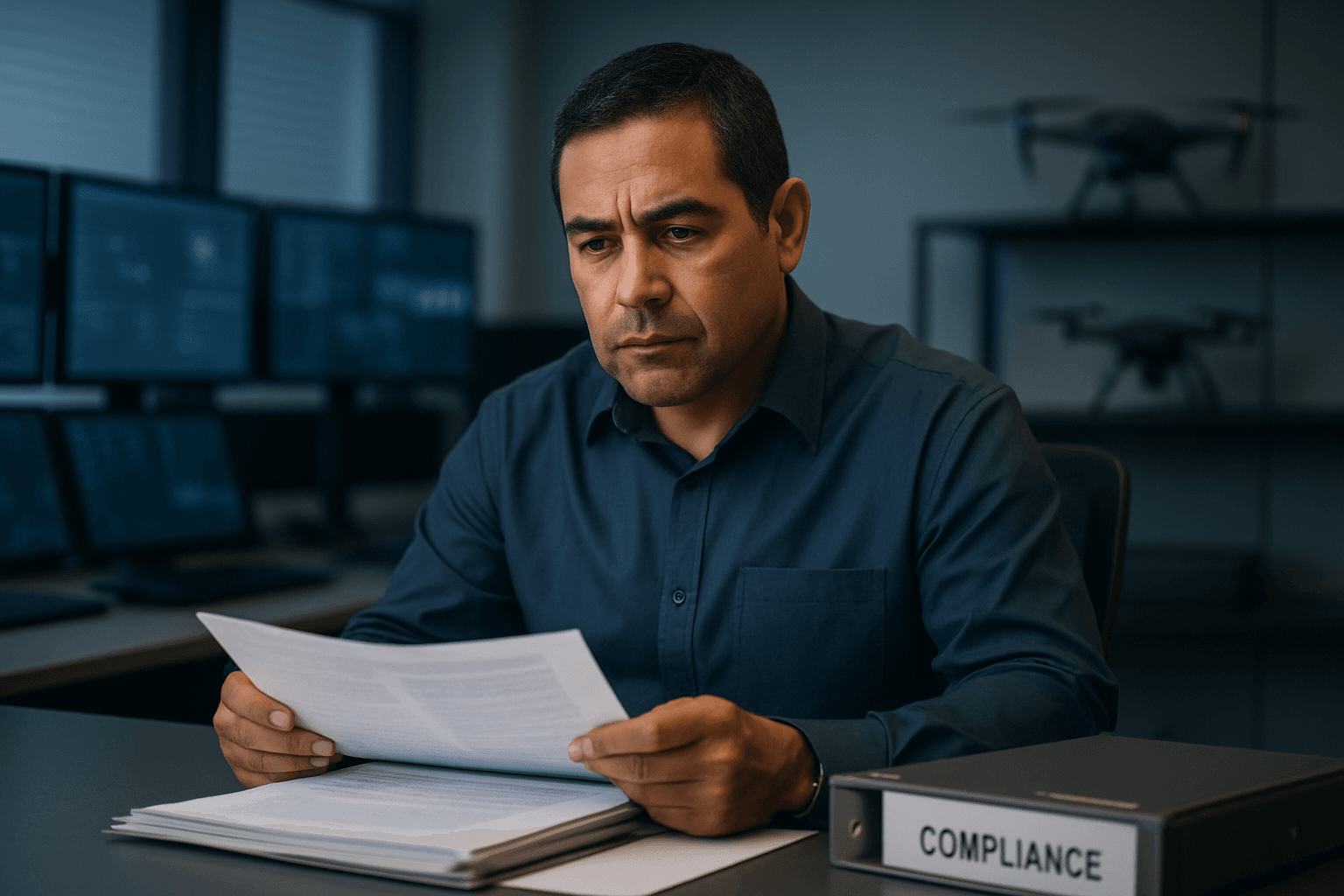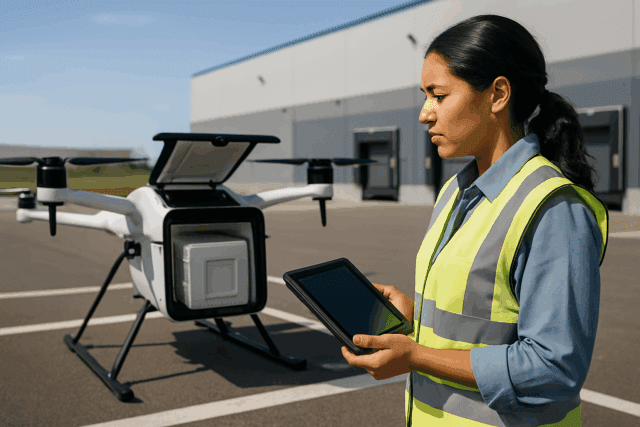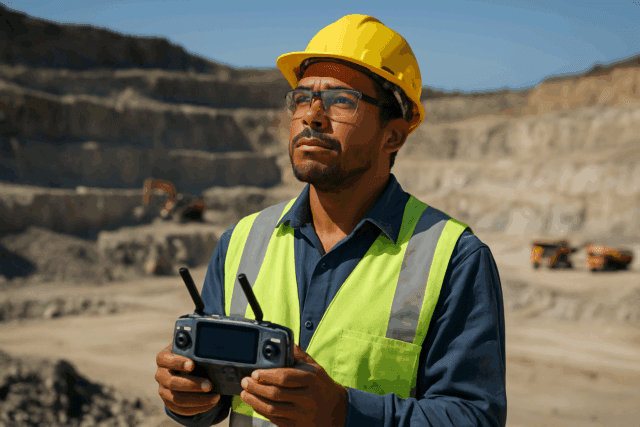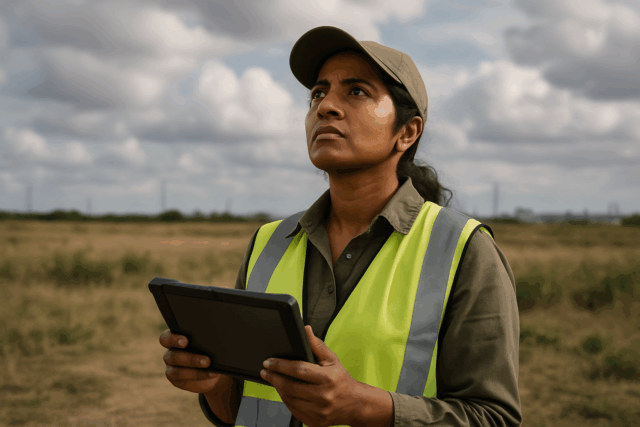The integration of drones, or Unmanned Aerial Vehicles (UAVs), into security operations has revolutionized surveillance, monitoring, and rapid response capabilities across various sectors. These advanced tools offer unprecedented efficiency, cost-effectiveness, and access to challenging environments. However, their pervasive use also ushers in a complex web of legal liabilities that operators, businesses, and public entities must meticulously navigate. From privacy invasion to accidental damage, the legal landscape surrounding security drones is rapidly evolving, demanding rigorous adherence to regulations and proactive risk management.
Understanding the Regulatory Landscape for Security Drones
The legal framework governing drone operations is multi-layered, often involving federal, state, and local jurisdictions. In the United States, the Federal Aviation Administration (FAA) primarily regulates airspace and operational safety, while states and municipalities often address privacy, trespass, and nuisance concerns. Similarly, in Europe, the General Data Protection Regulation (GDPR) sets stringent standards for data collection and processing, impacting drone surveillance activities.
Federal Aviation Administration (FAA) Regulations
For commercial security drone operations in the U.S., operators must comply with FAA Part 107 rules. Key requirements include obtaining a Remote Pilot Certificate, registering drones weighing over 0.55 pounds, and adhering to operational limitations such as flying below 400 feet, maintaining visual line-of-sight (VLOS), and generally avoiding flights over people or moving vehicles without specific waivers. Violations of these safety regulations can form the basis for negligence claims in personal injury cases.
State and Local Drone Laws
While the FAA governs the airspace, states and local governments retain authority over issues like criminal acts, privacy invasion, harassment, and zoning. State-specific laws frequently address drone use for law enforcement, privacy, and restrictions near critical infrastructure or public events. For example, many states prohibit drone surveillance over private property without consent or in areas where individuals have a reasonable expectation of privacy. Local ordinances can further restrict drone flights in parks, near schools, or impose noise limitations.
Key Areas of Legal Liability
Security drone operations introduce several distinct categories of legal liability, each requiring careful consideration.
Privacy Violations and Data Protection
Privacy is arguably the most significant legal challenge for security drone operations. Drones equipped with high-resolution cameras, thermal imaging, and other sensors can collect vast amounts of sensitive data, often inadvertently capturing identifiable individuals or private spaces.
Reasonable Expectation of Privacy
The concept of a “reasonable expectation of privacy” is central to drone privacy lawsuits. While federal law doesn’t explicitly prohibit flying drones over private property, state laws often protect areas where individuals would reasonably expect privacy, such as backyards or private residences. Capturing images or videos without consent in such areas can lead to legal issues, including trespassing charges or lawsuits for invasion of privacy. Some states, like Virginia, explicitly make flying a drone within 50 feet of someone’s home to harass them a misdemeanor. Law enforcement agencies often require a warrant for drone surveillance that infringes upon a reasonable expectation of privacy.
General Data Protection Regulation (GDPR)
For drone operations conducted within the European Union or those that collect data on EU citizens, the GDPR imposes strict requirements. Drone operators collecting personal data (e.g., identifiable images or videos of people) must comply with GDPR principles, including purpose limitation, data minimization, and obtaining explicit consent where necessary. This often requires clear privacy policies and public notification about data collection. Failure to comply with GDPR can result in substantial fines.
Data Security
The sensitive nature of data collected by security drones—including imagery, location coordinates, and personal details—necessitates robust data security measures. Threats like hacking, malware, and signal interference can compromise drone systems and lead to data breaches or misuse. Implementing end-to-end encryption for data transmission, stringent access controls, secure storage, and regular security assessments are crucial to protect information from unauthorized access.
Trespass and Property Rights
Despite FAA regulation of navigable airspace, state and local laws can deem certain drone flights over private property as trespass. Many states have enacted aerial trespass laws that consider persistent or low-altitude flights over private land without consent a violation of property rights. For instance, some states define trespass as flying a drone below a certain altitude (e.g., 200 feet in some proposed model laws) over private property without permission. Property owners may sue drone operators for repeat flights at low altitudes above their land.
Negligence and Accident Liability
Drone operators can be held liable for personal injuries or property damage caused by negligent operation. Negligence typically involves a failure to exercise reasonable care.
Operator Negligence
This can include actions such as flying in restricted areas, operating beyond visual line-of-sight without authorization, ignoring weather conditions or battery levels, or failing to follow FAA regulations like those under Part 107. If a drone crashes and causes harm due to the operator’s carelessness, the operator can be held legally responsible. Proving negligence often involves gathering evidence such as flight telemetry data, incident reports, video footage, and eyewitness accounts.
Product Liability
In some cases, accidents may result from defects in the drone itself, leading to product liability claims against manufacturers. This requires proving that an injury was directly caused by a product defect, which can involve detailed investigation and expert testimony.
Insurance
Adequate insurance coverage is essential for all drone operators, particularly those engaged in security operations. While recreational users might assume homeowners’ policies cover drone accidents, many exclude drone-related claims or have strict limits. Commercial operators typically need specialized UAV insurance to cover damages or injuries arising from their operations. Companies hiring third-party drone vendors should ensure the vendor is properly insured and consider requiring the vendor to add them as an additional insured on their policy.
Public Nuisance and Other Civil Torts
Drone operations can also lead to claims of public or private nuisance. A public nuisance involves an unreasonable interference with a right common to the general public, such as public health, safety, or convenience. Private nuisance claims arise when drone use causes substantial and unreasonable interference with an owner’s use and enjoyment of their property, even without physical intrusion. Issues like excessive noise from drones in residential areas can fall under nuisance laws. Additionally, using a drone to follow, record, or contact someone without permission could be considered harassment or voyeurism, leading to civil or even criminal charges in some jurisdictions.
Compliance with Aviation Regulations
Beyond general safety, security drones must adhere to specific aviation regulations and restrictions:
- No-Fly Zones: Drones are prohibited from flying in controlled airspace near airports without authorization, over national security sensitive facilities, military bases, national landmarks, and areas under Temporary Flight Restrictions (TFRs).
- Critical Infrastructure: Many states have laws banning or restricting drone flights over “critical infrastructure facilities” such as power plants, chemical facilities, or correctional facilities without explicit permission. Violations can lead to civil damages or misdemeanor charges.
- Remote ID: The FAA’s Remote ID rule, taking effect in stages, mandates that most drones broadcast identification and location information in real-time, enhancing accountability and aiding in enforcement of privacy violations.
Mitigating Legal Risks: Best Practices for Security Drone Operations
To minimize legal liabilities, security drone operators and organizations should adopt a comprehensive approach to compliance and ethical operation:
- Thorough Legal Review and Policy Development: Develop clear, comprehensive internal policies that align with federal, state, and local drone laws, as well as international data protection regulations like GDPR where applicable.
- Pilot Training and Certification: Ensure all drone pilots possess the necessary FAA Remote Pilot Certificate (Part 107) for commercial operations and undergo continuous training on updated regulations, safety protocols, and ethical considerations.
- Transparent Communication and Consent: Where feasible, obtain informed consent before collecting personal data, especially in public spaces or near private property. Implement clear privacy policies and inform the public about drone operations, their purpose, and privacy safeguards.
- Advanced Technology Utilization: Employ technologies such as geofencing to prevent drones from entering restricted or sensitive airspace automatically. Utilize data encryption and secure data storage solutions to protect collected information from unauthorized access and cyber threats.
- Data Minimization and Retention Policies: Collect only the data necessary for the stated purpose of the security operation and establish strict retention policies to dispose of data safely when it is no longer needed.
- Comprehensive Insurance Coverage: Secure adequate liability and hull insurance specifically tailored for drone operations to protect against claims arising from accidents, injuries, or property damage.
- Incident Response Plan: Develop a clear plan for reporting incidents, accidents, or privacy breaches to relevant authorities (e.g., FAA, local law enforcement, data protection agencies) and for managing public relations.
The Evolving Legal Horizon
The legal landscape for security drone operations is dynamic, with new technologies and applications continually emerging. As drones become more sophisticated, capable of beyond visual line-of-sight (BVLOS) flights and operating in swarms, legal frameworks will continue to adapt. Proactive engagement with legal counsel, staying informed about regulatory updates, and committing to ethical practices are paramount for any entity utilizing drones for security to harness their benefits while effectively mitigating associated legal liabilities.





